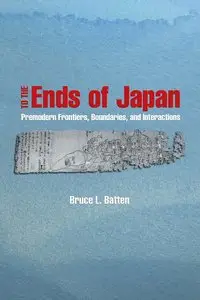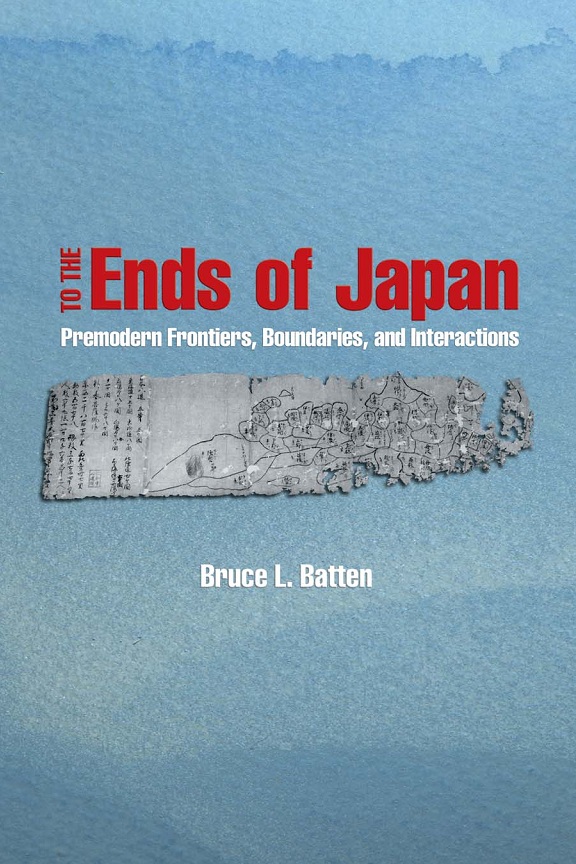Bruce Loyd Batten, "To the Ends of Japan: Premodern Frontiers, Boundaries, and Interactions"
2003 | ISBN-10: 0824824474 | 312 pages | PDF | 3,6 MB
2003 | ISBN-10: 0824824474 | 312 pages | PDF | 3,6 MB
What is Japan? Who are its people? These questions are among those addressed in Bruce Batten's ambitious study of Japan's historical development through the nineteenth century. Traditionally, Japan has been portrayed as a homogenous society formed over millennia in virtual isolation. Social historians and others have begun to question this view, emphasizing diversity and interaction, both within the Japanese archipelago and between Japan and other parts of Eurasia. Until now, however, no book has attempted to resolve these conflicting views in a comprehensive, systematic way.
To the Ends of Japan tackles the "big questions" on Japan by focusing on its borders, broadly defined to include historical frontiers and boundaries within the islands themselves as well as the obvious coastlines and oceans. Batten provides compelling arguments for viewing borders not as geographic "givens," but as social constructs whose location and significance can, and do, change over time. By giving separate treatment to the historical development of political, cultural, and ethnic borders in the archipelago, he highlights the complex, multifaceted nature of Japanese society, without losing sight of the more fundamental differences that have separated Japan from its nearest neighbors in the archipelago and on the Eurasian continent.
Following an analysis of four important categories of cross-border traffic (political and military interaction, exchange involving bulk goods and prestige items, and information flows), Batten presents an original and highly nuanced picture of Japan's external contacts from prehistoric times through the nineteenth century. He reveals a country that was essentially autarkic in some respects but tightly bound to the rest of Eurasia in others. The intensity and geographic scope of Japan's external links, he argues, fluctuated widely but tended to increase over time–a trend that culminated in its incorporation within the "modern world system" following the Meiji Restoration of 1868.
Unusually wide ranging in scope and highly eclectic in approach, To the Ends of Japan offers a fresh and coherent view of Japanese history that will appeal to both students of Japan and East Asia and readers with a general interest in frontiers and borders.



